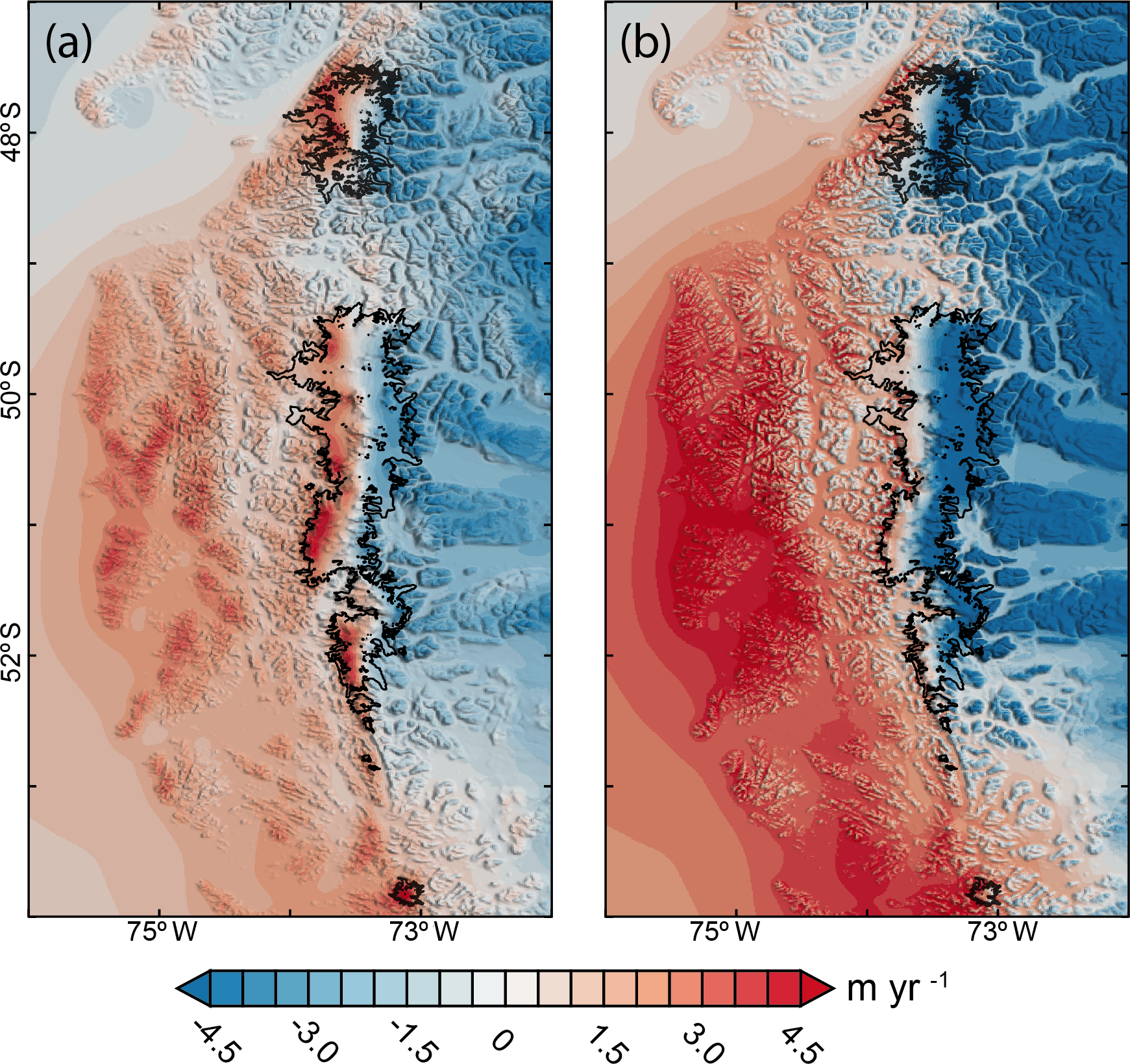Understanding OPM Weather: A Comprehensive Guide - The aviation industry relies heavily on accurate weather forecasts to ensure safe and efficient operations. OPM weather plays a critical role in this sector by providing pilots and air traffic controllers with real-time information about weather conditions. This data helps in route planning, fuel management, and passenger safety. Data and statistics are integral to the study of OPM weather, providing valuable insights into weather patterns and trends. Meteorologists rely on historical data to develop accurate models and forecasts. This data is collected from various sources, including weather stations, satellites, and radar systems.
The aviation industry relies heavily on accurate weather forecasts to ensure safe and efficient operations. OPM weather plays a critical role in this sector by providing pilots and air traffic controllers with real-time information about weather conditions. This data helps in route planning, fuel management, and passenger safety.
Climate change has a profound impact on OPM weather, altering weather patterns and increasing the frequency of extreme weather events. Rising global temperatures, melting polar ice caps, and changing ocean currents are just a few of the factors contributing to these changes. As a result, OPM weather forecasting must adapt to incorporate these new variables and provide accurate predictions.
In disaster management, OPM weather plays a crucial role in mitigating the impacts of natural disasters. By providing accurate forecasts and early warnings, OPM weather helps emergency responders prepare for and respond to disasters effectively. This ensures the safety of communities and minimizes damage to infrastructure.
In agriculture, OPM weather is essential for crop management and yield optimization. Farmers rely on accurate weather forecasts to make informed decisions about planting, harvesting, and irrigation. By understanding weather patterns, they can mitigate the risks associated with adverse conditions and improve productivity.
We encourage readers to stay informed about OPM weather and its implications. By sharing this article and engaging in discussions, you can contribute to raising awareness and promoting education in this important field. For more information on OPM weather, visit reputable sources such as the National Oceanic and Atmospheric Administration (NOAA) and the World Meteorological Organization (WMO).
Recent advancements in technology have revolutionized the field of OPM weather. The development of sophisticated weather models, satellite imagery, and machine learning algorithms has significantly improved the accuracy of forecasts. These tools enable meteorologists to analyze vast amounts of data and provide precise predictions tailored to specific needs.
OPM weather involves the use of advanced meteorological tools and technologies to provide precise forecasts. These forecasts are tailored to meet the specific needs of industries, ensuring that operations run smoothly despite adverse weather conditions. By understanding OPM weather, organizations can better prepare for potential disruptions and optimize their resources.

HESS Revisiting extreme precipitation amounts over southern South
/cdn.vox-cdn.com/uploads/chorus_asset/file/22209395/national_3dayprecipsnow.jpeg)
Some of the ways to promote public awareness and education in OPM weather include:
In its simplest form, OPM weather refers to the observation and prediction of weather systems that directly impact operational planning and management. This concept is particularly relevant in sectors where weather conditions play a pivotal role, such as aviation, maritime navigation, and agriculture. The term "OPM" stands for Operational Planning and Management, emphasizing the practical applications of weather forecasting in real-world scenarios.
Despite the advancements in technology, OPM weather forecasting still faces several challenges. Weather systems are inherently complex and can be influenced by a multitude of factors, making accurate predictions difficult. Additionally, the impact of climate change has introduced new variables that complicate the forecasting process.
Raising public awareness and education about OPM weather is essential for ensuring community resilience. By understanding weather patterns and their implications, individuals can take proactive steps to protect themselves and their property. Educational programs and public outreach initiatives play a vital role in disseminating this knowledge.